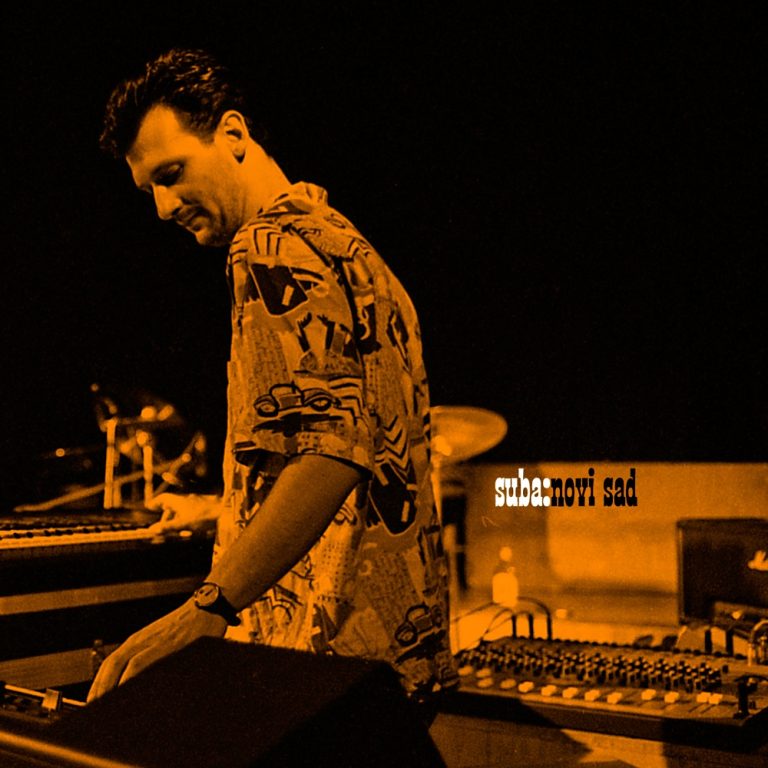Telep is a city neighbourhood, located in the western part of Novi Sad. It occupies an area of 3.45 km and is home to slightly more than 20,000 inhabitants. The name Telep comes from the Hungarian language, meaning settlement.
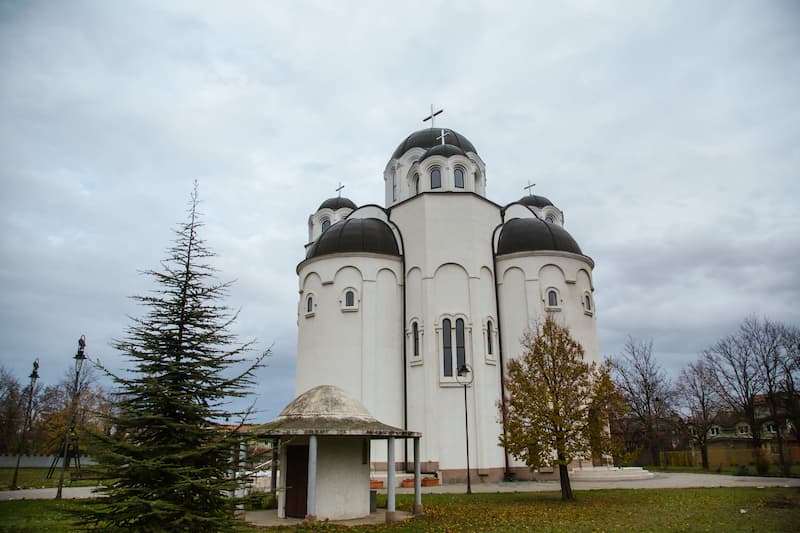
At the time of its creation, Telep was not considered an integral part of Novi Sad, although it is only a couple of kilometres from the city centre. It was inhabited exclusively by the Hungarian population. For the majority of Novi Sad residents at the time, Telep was a terra incognita. The situation began to change first with the construction of Liman, the introduction of regular city transport, and nowadays with large construction projects that have completely changed the appearance and structure of the population of this part of the city.
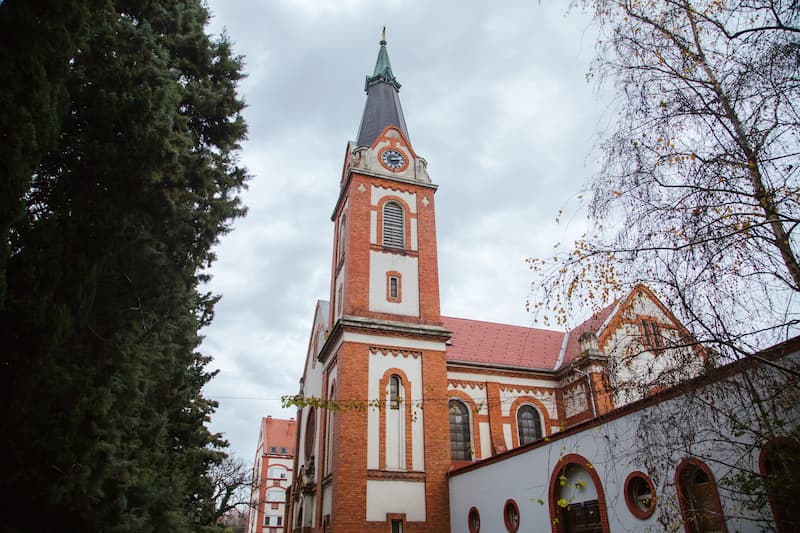
In the Middle Ages (12th and 14th centuries) there was a settlement named Saint Marton on the territory of Telep. In a later period, the settlement that arose here was called the Darányi settlement. How did that happen or, rather, who is responsible for it? Namely, at the end of the 19th century, the grapevine disease – phylloxera, which arrived from North America, completely destroyed the local vineyards. In 1891, the then Minister of Agriculture of the Hungarian Royal Government, Ignác Darányi suggested that plots with arable land be given on credit to citizens who are ready to engage in viticulture. The following year, plots began to be distributed in Novi Sad. Each family could get one acre of arable land, on a thirty-year loan, but on the condition that vines were planted on that land. After the expiration of that time, the land would pass into the ownership of the family. The vine plantings were provided by Aleksandar-Šandor Adamović. Aleksandar-Šandor Adamović was a well-known Novi Sad merchant and winegrower. In Sremska Kamenica and Rakovac, there were more than 100 acres covered with vineyards. He imported new varieties from America that were resistant to phylloxera and grafted Fruška Gora varieties onto them. For this job, he needed a large number of workers, that is, vine grafters. In order to attract workers, he decided to build barracks and houses for his workers in a settlement near the Danube. At that time, the city also began to divide plots. Railway workers also lived in this area.
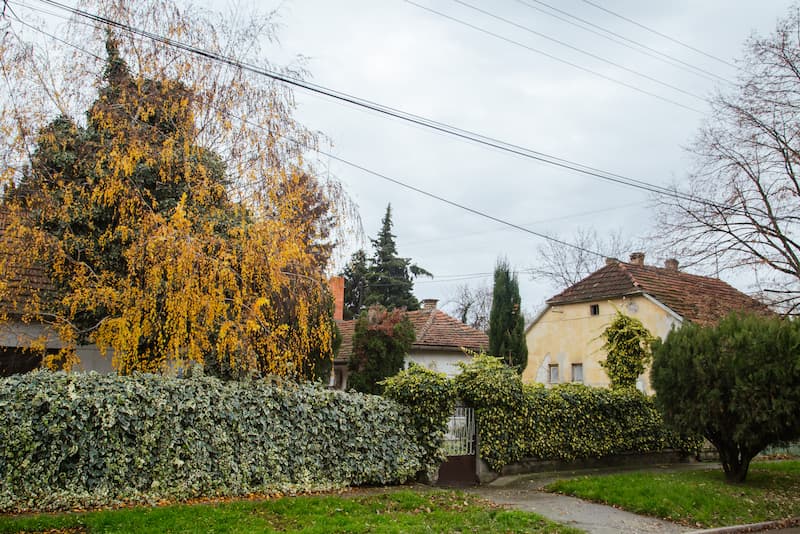
The newly formed settlement was first called Darányi Telep. But, in everyday speech, and then officially, from 1927 to 1944, the name Adamovićevo Naselje (Adamović’s settlement) was used. So, the same name was used for today’s Telep and for Adamovićevo Naselje, now two separate neighbourhoods. 1889 is considered the initial year of the settlement of Telep. The settlement began to form in the area of today’s Adamovićevo Naselje, and after 1890, it expanded to the area of today’s Telep. First, Severni Telep (North Telep) was created (Futoški Put, Boulevard of Europe, Patrijarha Pavla Boulevard), and after 1902, Južni (South) Telep (Somborski Boulevard, Podunavska Street, Ribarsko Ostrvo, Sime Matavulja and Šumska Streets). In 1927 and 1928, the Branko Radičević elementary school (today’s ‘Laza Kostić’ Grammar School) and two churches, Catholic and Calvinist, were built. This settlement, in 1931, had about 9,000 inhabitants, mostly of Hungarian nationality.
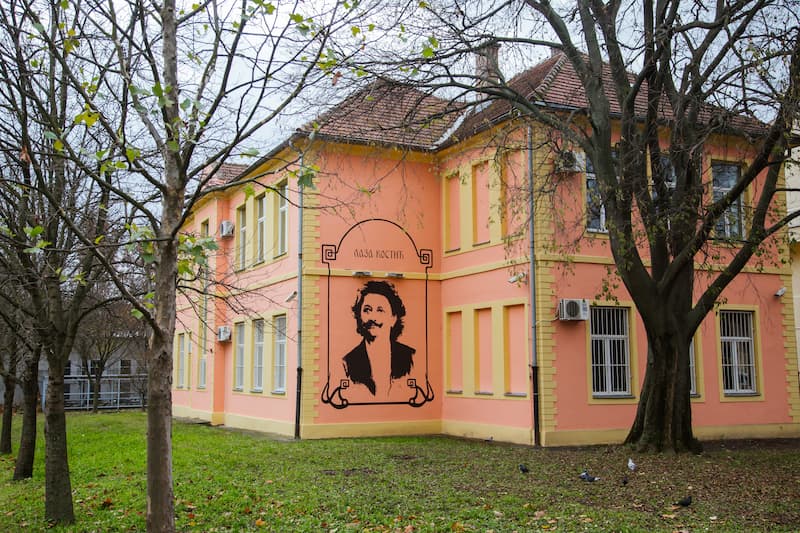
In 1945, the settlement was divided into the western part, which has since been officially called Telep, and the eastern part, which retains the name Adamovićevo Naselje
Telep used to be a workers’ and winegrower’s settlement, and today it is one of the prestigious parts of the city, in terms of quality of housing and life. It is still the meeting place of the Novi Sad Hungarian community, although the Serbian population is now the majority. The Hungarian Cultural Centre Petőfi Sándor, which was founded in Telep in 1945, deals with the preservation of the local culture of the Novi Sad Hungarians. Today, Telep is increasingly urbanised, with a large number of restaurants, new health centres, etc. On the other hand, you can still hear dogs howling from neighbouring yards there, and see kids riding bicycles in the middle of the street all the way to Šodroš.
Author: Ljiljana Dragosavljević Savin, MSc, historian
Photo: Marko Pudić


